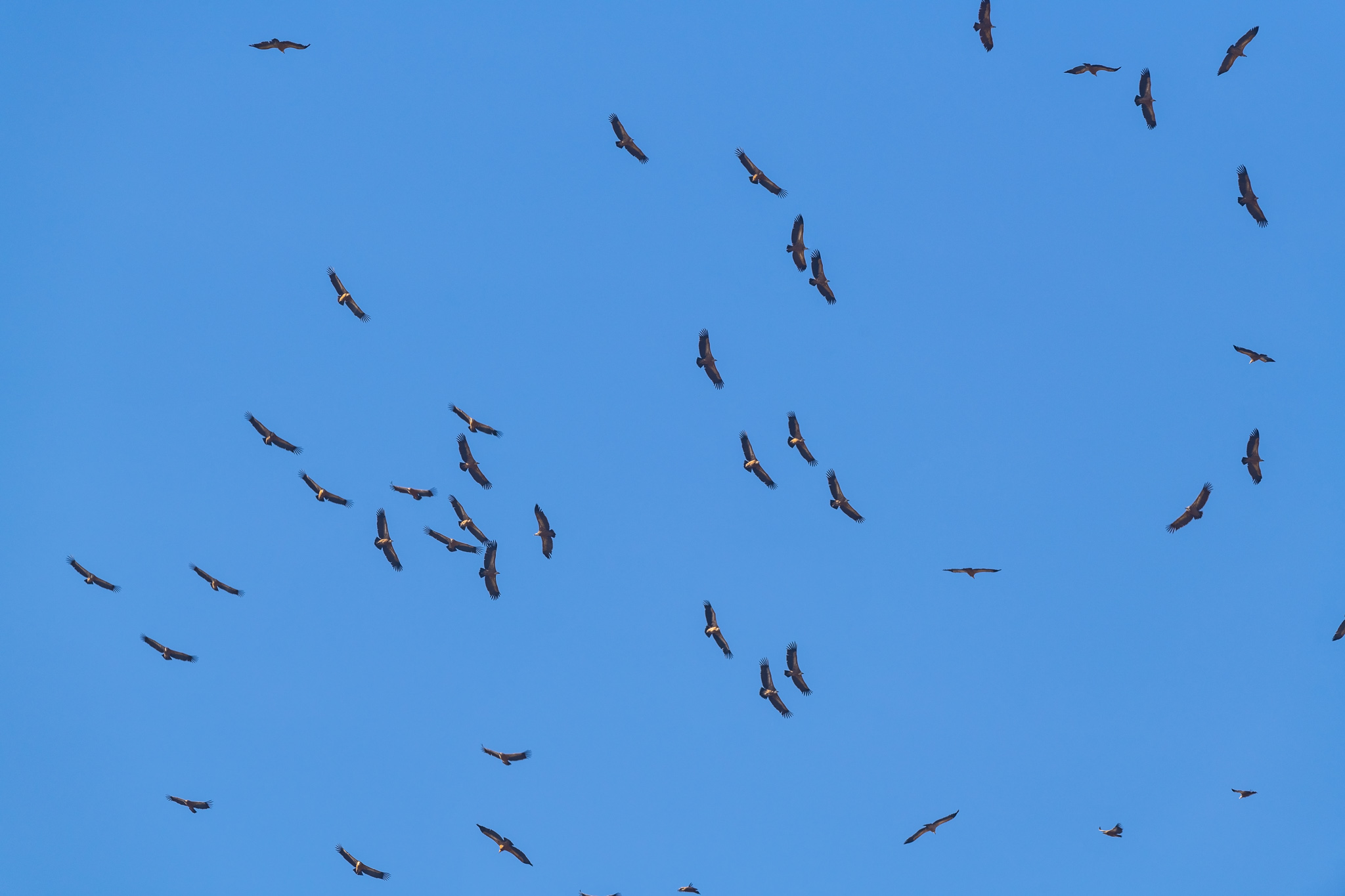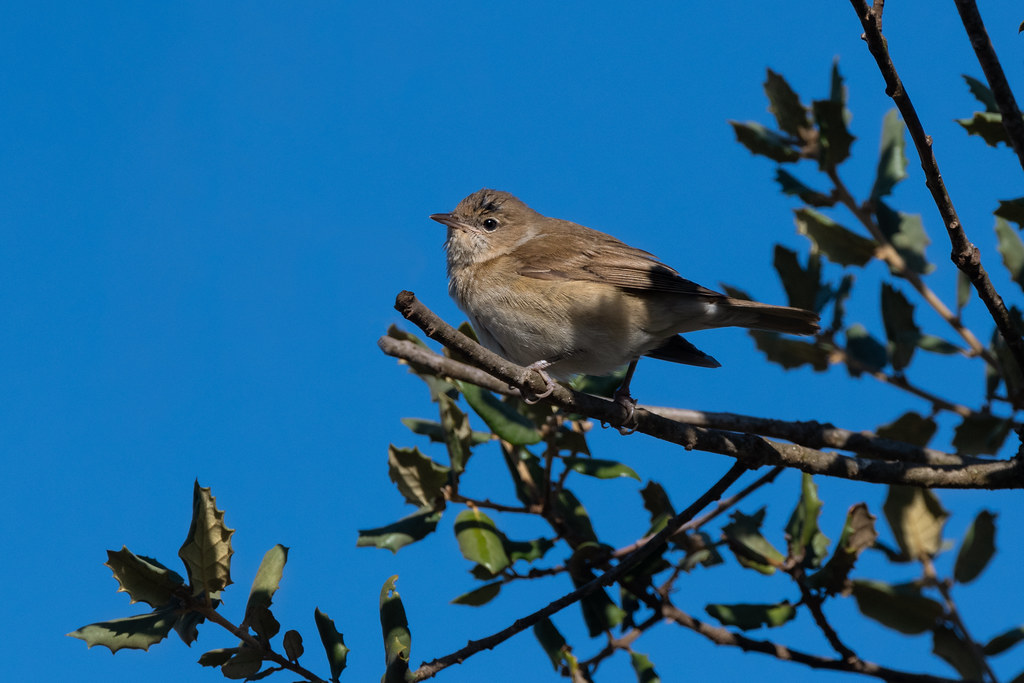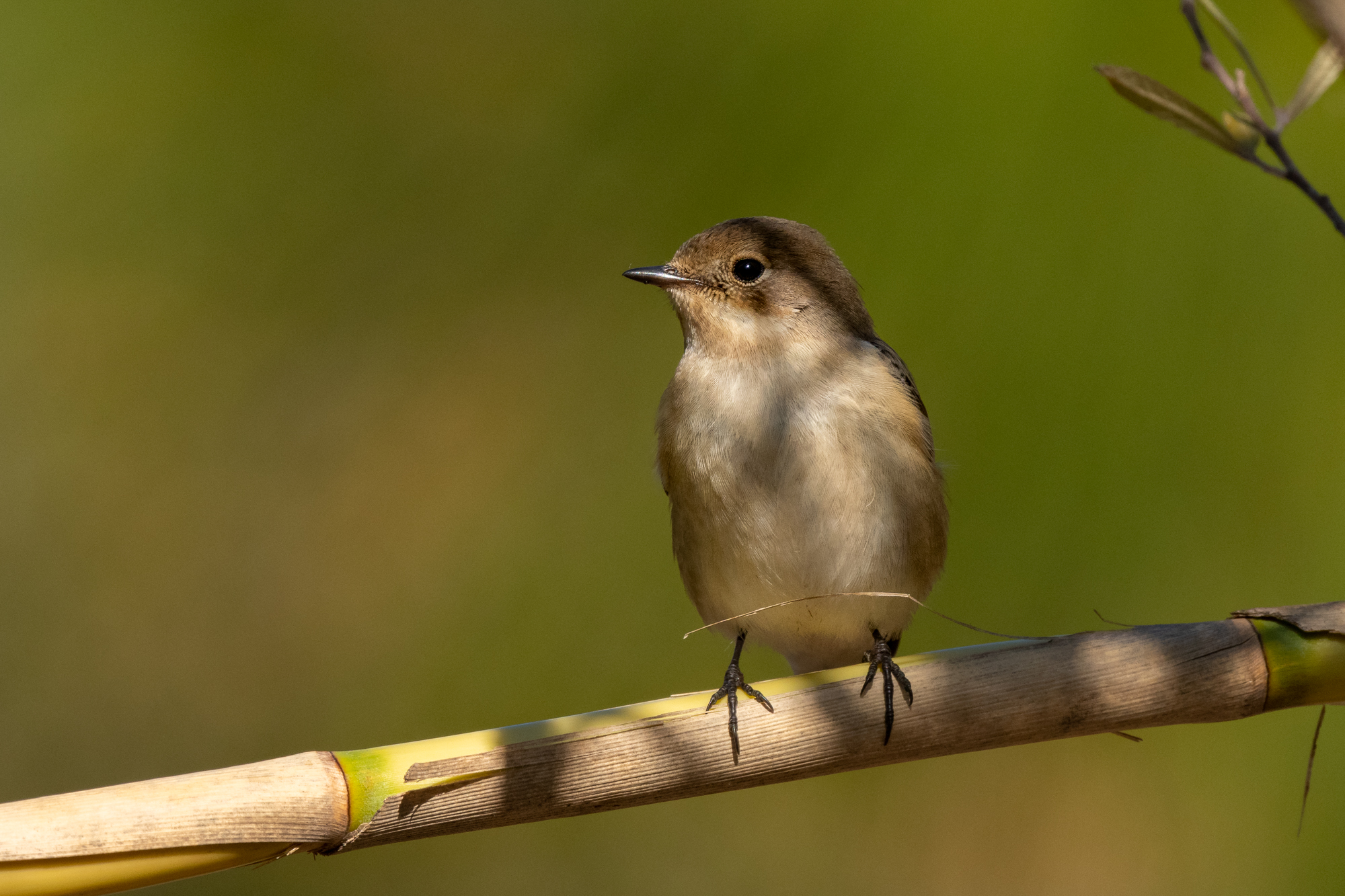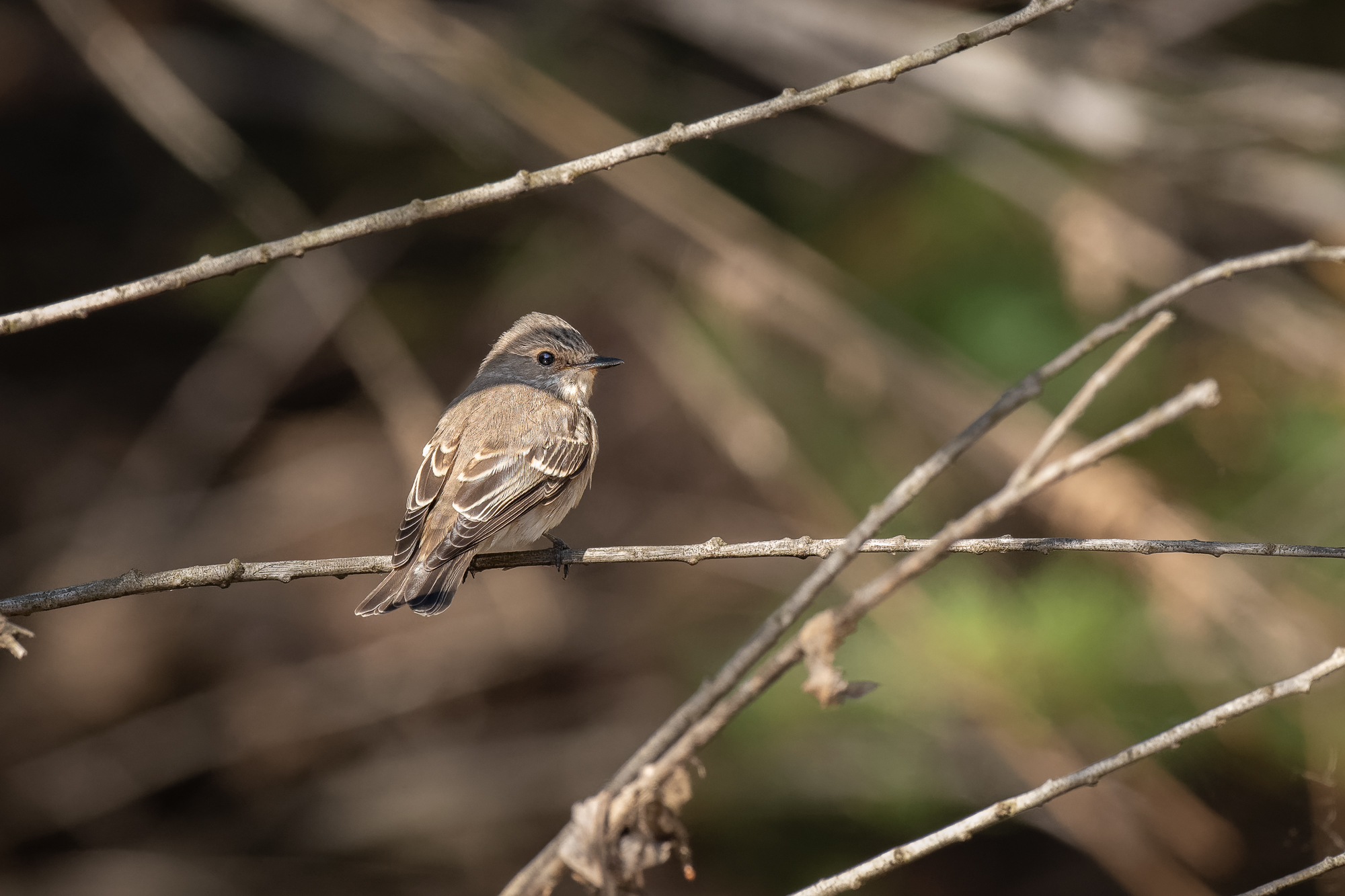I was sat enjoying my 2nd cup of coffee this morning when a call from the garden came, it was Emma shouting “VULTURES!!!!…… LOTS OF THEM!!!!”. I stepped outside to a cloud filled sky of a large kettle (the collective name of Vultures in flight) of Griffon Vultures.
These large birds with a wingspan of up to 2.8 metres kept coming, lots of them, soaring high in the sky heading South-West. I estimated there to be at least 200 of them!
Griffon Vultures are one of the last to migrate hence why they can be seen this late into October and many of them will be juveniles. Unfortunatly, Griffon Vulture numbers are down in Portugal due to the government strictly following the EU directive of removing/burying dead cattle to eliminate the risk of Mad Cow disease. Spain does not follow this directive hence the larger numbers found across the border.
I scrambled to the studio to grab a camera….





